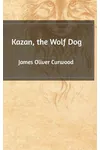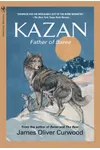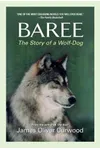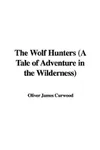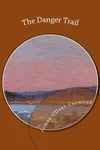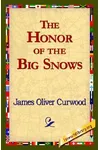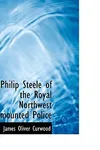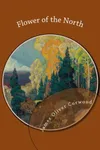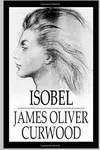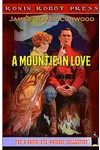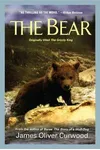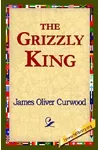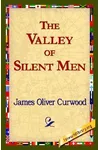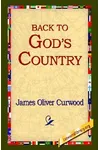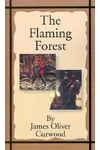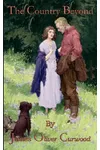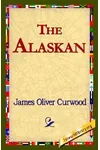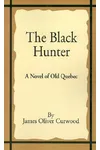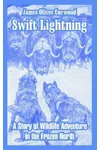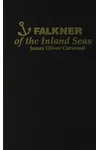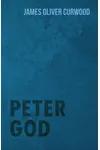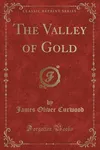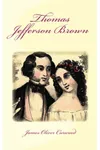Picture an American storyteller who swapped a Michigan classroom for the untamed Canadian wilderness, spinning tales that thrilled a nation—meet James Oliver Curwood! Born in Owosso, Michigan, in 1878, Curwood was a master of action-adventure novels, weaving romance and rugged landscapes into stories that captivated readers in the early 20th century. His life was as adventurous as his books, with frequent treks to the Yukon and Alaska fueling his vivid narratives.
Curwood’s passion for nature didn’t just shape his stories—it transformed him into a conservationist who championed the wild places he loved. With over thirty novels, many adapted into films, his legacy endures in both literature and environmental advocacy. Ready to explore the man behind the wilderness epics?
The Making of James Oliver Curwood
James Oliver Curwood’s journey began in Owosso, where his restless spirit clashed with formal education. He left high school early but aced entrance exams to study journalism at the University of Michigan. By 1900, he was selling stories while working at the Detroit News-Tribune. A 1909 trip to the Canadian northwest sparked his love for the wild, inspiring a career that blended adventure with vivid storytelling. His early gigs, including writing for the Canadian government to boost tourism, gave him firsthand experience of the rugged landscapes that would define his work.
James Oliver Curwood’s Unforgettable Stories
Curwood’s novels are thrilling romps through the Canadian wilderness, often featuring animals as key characters, much like his contemporary Jack London. His 1919 bestseller, The River’s End, sold over 100,000 copies, blending mystery and romance as a fugitive seeks redemption in the north. Kazan (1914) follows a wolf-dog hybrid navigating loyalty and survival, a tale so popular it inspired a 1949 film. The Grizzly King (1916) showcases a bear named Thor, reflecting Curwood’s growing respect for wildlife. Nomads of the North (1919) pairs a bear cub and a wolf pup in a heartwarming adventure, highlighting his knack for animal-centric narratives.
His style was melodramatic yet accessible, with clear moral lines and lush descriptions of nature. Romance often wove through his plots, broadening their appeal and landing his books on bestseller lists in the 1920s. Curwood’s ability to transport readers to snow-swept forests and raging rivers made his stories timeless, with at least 180 film adaptations cementing his cultural impact.
Why James Oliver Curwood Matters
Curwood wasn’t just a storyteller—he was a trailblazer. His novels brought the Canadian wilderness to readers worldwide, inspiring awe for its beauty and fragility. Initially an avid hunter, he became a passionate conservationist, appointed to the Michigan Conservation Commission in 1926. His famous quote from The Grizzly King, “The greatest thrill is not to kill but to let live,” captures his shift toward environmentalism. His Owosso writing studio, Curwood Castle, now a museum, and the annual Curwood Festival keep his legacy alive, celebrating a man who lived as boldly as he wrote.
- Born: June 12, 1878, Owosso, Michigan
- Key Works: The River’s End, Kazan, The Grizzly King, Nomads of the North
- Notable Achievement: Highest-paid author per word at his death in 1927
- Conservation Role: Michigan Conservation Commission, 1926
Snag Kazan or The River’s End and dive into Curwood’s thrilling world of wilderness and heart-pounding adventure!
